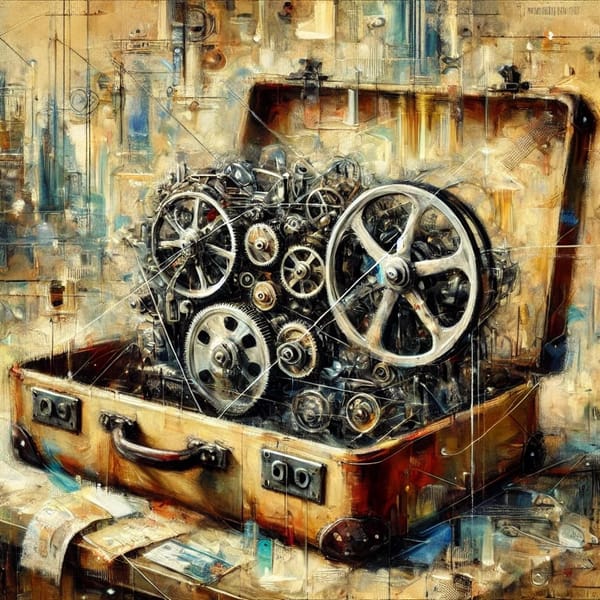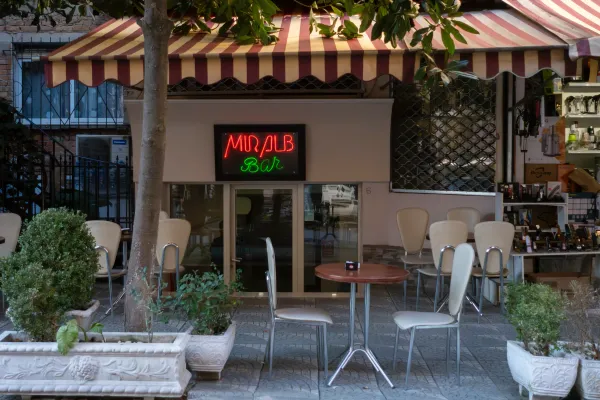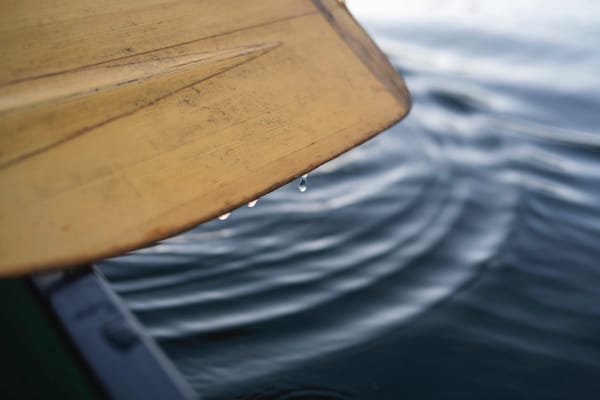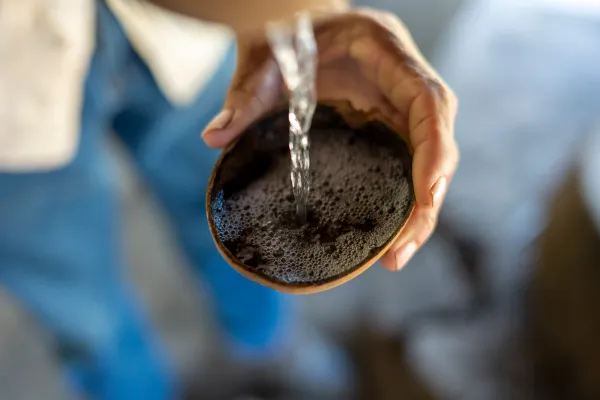Why Slow Travel is the Next Big Trend
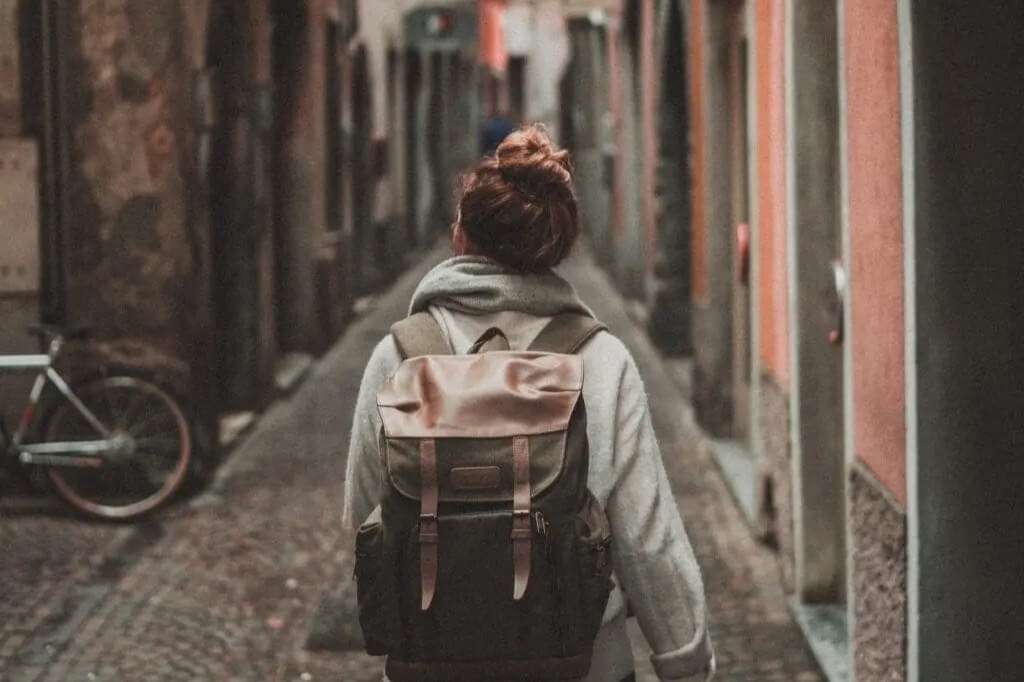
The last time you planned a trip, how many places were on the itinerary? Two? Three? If you’re anything like me, you probably want to see as much as you can during a trip, hopping between multiple cities at lightning speed and making the most of those limited vacation days. Fortunately, in the last couple of years, low-cost carriers like EasyJet, have made it easier and cheaper than ever to do so. Especially if you travel light, you can get between cities for under $50 often (I’ve taken a Ryanair flight for under $30 between London and Dublin). But maybe there’s another way. What if instead of three cities, you stayed in a town for your 10 days abroad. Rather than rushing between tourist hot spots, what if you get the chance to see all of the city’s character? This is where slow travel comes into play.
What is Slow Travel?
Taking the time to explore a city to its fullest, that’s the essence of slow travel. Cities have more to offer other than their most notable museums and monuments. There’s more to Paris than the Eiffel Tower and Michelin starred restaurants. Often, there is a character or personality to a city that isn’t explored, not necessarily out of lack of interest but lack of time. When you only have three days to check out Paris, you have to go for the top sights, right?
If you embrace slow travel, you can get to know those odd parts of a city that you might not have seen otherwise. Maybe it’s a restaurant/urban farm/consignment shop in one (ex, La Recyclerie in Paris). Or a Van Gogh light exhibit, perhaps. Or even a cocktail and science night at an abandoned theater in Copenhagen (true story). Whatever your interest is, you can likely find it if you look hard enough.
It doesn’t only come down to the sights you’ll see, but how you decide to spend your time there. You can pick up some local food from the market, take it back to your Airbnb for dinner instead of going out to a restaurant. Seemingly insignificant, but it’s a different view into a location than what you’d usually get by going to restaurant after restaurant.
Story time. One year I went to Copenhagen and stayed in an Airbnb for a week. I ended up joining two Portuguese roommates, both of whom had moved to Copenhagen in the past two years. Getting to know them was a blast. They were both young, and we quickly became friends, talking long into the nights about any random topics you could imagine. After a few short days, I felt like I was a part of their small nucleus; they’d invite me to family dinner nights, and I’d lead small home workout sessions during the day. My last night, they even made me a vegan lasagna, and one of them picked up a vegan cake for dessert. It’s one of those experiences I’ll never forget, and one I never would have had if I’d stayed for brisk 72 hours before I headed to a new place.
Why is Slow Travel Important?
It’s better for the environment.
Travel and the environment are two things that are inextricably linked, and ones that cause me great heartache. They are two issues I hold so near and dear to my heart, and it pains me that it’s hard to think about one without the other. Maybe this article isn’t a proper forum to go into the environment and travel, but slow travel is one way to mitigate climate disaster. Fewer planes, fewer destinations mean a smaller impact on the climate.
It’s also better for local communities.
A constant influx of tourists coming through a city is hard to manage. Yes, some places thrive and rely on tourism to stimulate their local economy. But that comes with other externalities as well. The more we can pump the breaks just a bit on the revolving door of tourism, the more we can start to appreciate the places we visit instead of using them as fodder for our insatiable wanderlust. Don’t go to Michelin-starred restaurants every night; instead, grab some produce and local hooch at a market and cook it yourself. There are few better ways to know where you are in the world than the symphony of sights, sounds, and smells at local markets.
One downside here that I would be remised if I didn’t bring up is that this implies you’ll stay in something like an Airbnb. I have a complicated relationship with Airbnbs and their impact on local communities, but similar to the environment, maybe that’s a conversation for a different time.
You’ll get a deeper understanding and relationship with the place you’re visiting.
Most of us would probably agree, a deeper and more personal relationship with the city you’re visiting is what we’re looking for nowadays. Some superficial trip where you check the top tourist attraction boxes isn’t necessarily unique. It won’t make your trip much more memorable than the next person. Hell, we are already taking the same damn pictures. We often strive to check those boxes because we don’t have much time to explore and have a relationship with a city.
Extending that time allows you to find interests specific to you that others might not necessarily go for, making your own unique memories that make for better stories and truly life-changing experiences. Personally, I enjoy visiting breweries, distilleries, and vineyards while I’m abroad. Learning about the local spirits and crafts is something I value and like to plan trips around. My girlfriend, for instance, is big into improv. So one trip to Prague, we went to an improv show, and we ended up running into an old schoolmate of hers (small world!). Traveling slowly gives yourself a bit more time, and flexibility allows you to explore those opportunities more than you might have had otherwise.
How to Plan Your Next Trip
So at this point, I’ve sold you on the idea of slow travel, right? Well, now it’s time to plane your trip. So how do you go about planning a slow travel trip? Here are three simple tips you can try out:
1. Pick one destination and stay there.
Ok, so maybe you don’t have to literally wait in one single place, but definitely limit your travel while you’re on your trip. Perhaps that means sticking to one city and making day trips to a few different towns. Or, maybe, sticking to one country and hopping between a few different cities. There are a few different ways of going about it, and it depends on how strict you want to be. Obviously picking one city for 10 days or so is probably the purest definition, and you’ll get to know the city well. Regardless, giving yourself the time to get lost in the nooks and crannies of your destination is really important.
2. Find a place with a kitchen.
Food is a window into the soul of people. Embedded in the dishes that people eat is a rich history. And you already know how I feel about the history behind some of the world’s booze. So, pick up some food from the market and re-create one of the dishes a place is known for. I’m not talking crazy here, it can be simple. Maybe it’s as simple as a charcuterie plate and some wine in France. Or some pasta and amaro in Italy.
One year a friend and I were in Scotland for thanksgiving. We got some haggis (if you haven’t had this yet, would recommend) from a local store in the Speyside region and cooked it up Thanksgiving morning as a breakfast hash. To be entirely honest, we had no idea what we were doing at the time, but it didn’t really matter. It gave us a sense of place and something that not many others can say they’ve done. I remember that moment more clearly than many other trips I’ve taken even more recently.
3. Seek out your passions.
We’ve talked about this already, but every city and place probably has something at least related to one of your passions. No, we aren’t that unique, as much as we’d like to think so. And that’s not a bad thing. Finding your passion in a foreign land can bridge cultural divides that you didn’t even know existed. Go to a cooking class, watch a theater performance, whatever it is, find some commonality with those around you.
Conclusion
Maybe it’s a little optimistic, and perhaps it’s a bit naive, but I genuinely believe if we start to appreciate where we go and take the time to notice things along our travels, it will make us all better off. I know it’s tempting to do as much and see as much as we can, especially in a world with limited vacation and precious savings, we all want to make the most of our trips. I’m no different. But maybe we need to redefine how we value our time traveling, so it isn’t about seeing as much or doing as much as the next traveler. Slow travel is about making the experience personal to you. It’s about making deeper connections with the places you visit and knowing that there’s beauty in the seemingly mundane aspects of travel.

